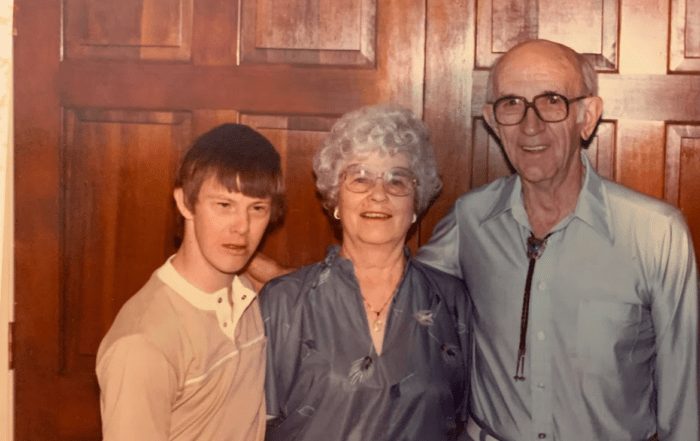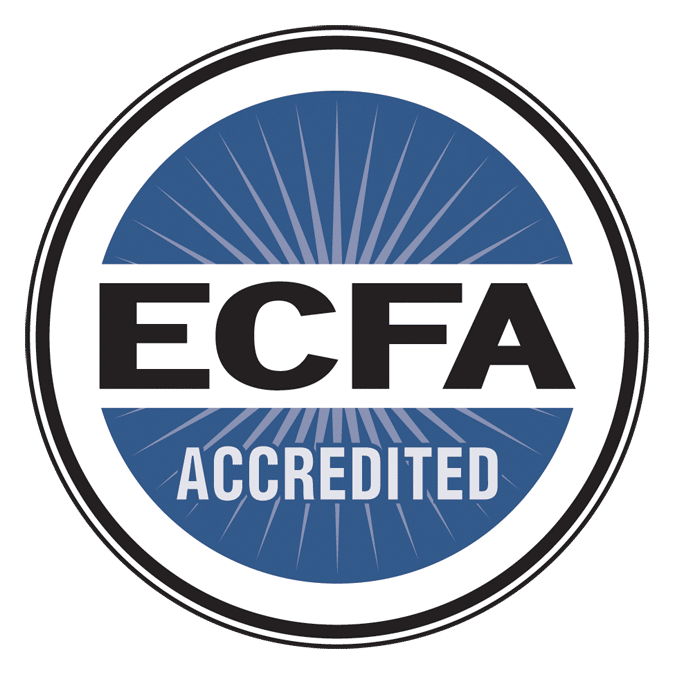God Will Bless Your Efforts to Make Your Facility More Accessible
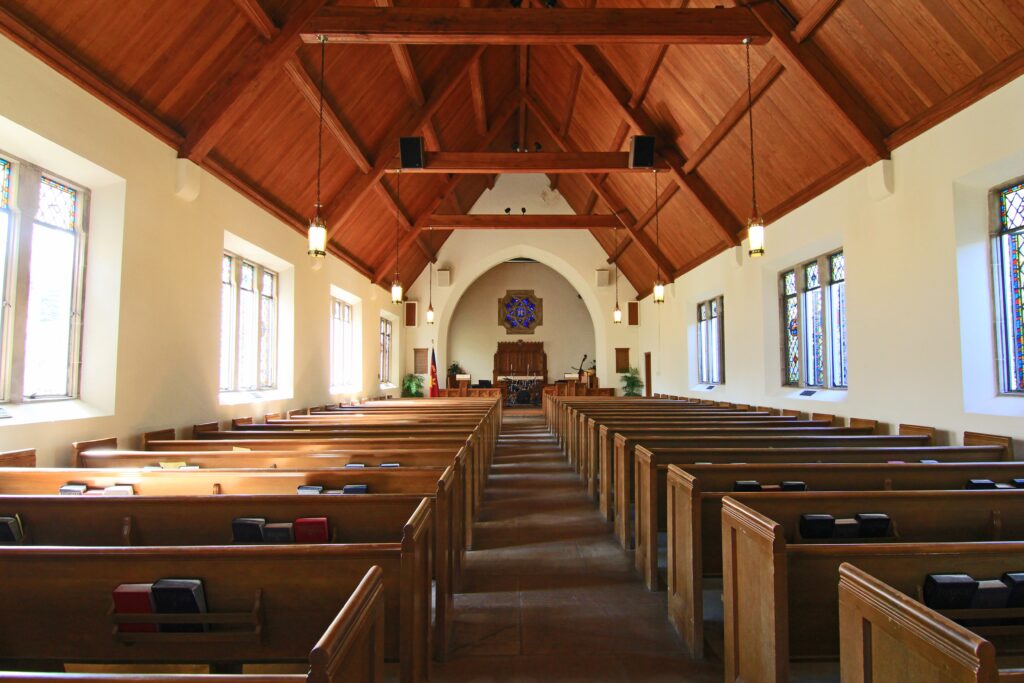
It was a church in the middle of a remodel. The plan didn’t include huge changes, but someone must have prayed that dangerous prayer “Give me more patience,” because like with any construction project, it seemed to drag on.
One Sunday morning, the administrative pastor stood to give an update.
It went something like this: “We’re making progress in so many spots, but unfortunately, because our property is used for other purposes and our renovation includes the bathroom, we’ve been required to make the stalls handicap accessible, so those changes will take more time.” And then he hastened to add, “Oh, but you know, we’ll be happy to have them for the people who need them.”
It goes without saying that the bathrooms were not the only hindrance for being a welcoming church home for people with disabilities. At the time, no one in this congregation used a wheelchair. The idea of someone needing an accessible bathroom was all theoretical, something that seemed impractical in the need to carefully steward every penny in an increasingly expensive remodel. However, over the next few years, the church became a home for two wheelchair users and their families who had previously been unchurched. Obedience in making the bathrooms more accessible resulted in making the gospel more accessible.
Sadly, that Sunday morning announcement by the administrative pastor revealed an attitude disability advocates find dismally familiar. Too many churches can share similar stories of leadership resisting a move toward accessibility or intentional ministry for families affected by disability. The same arguments back them up:
“It costs too much,” “It’s not practical in light of the church’s resources,” “We’re not required to be ADA compliant because we’re a church,” “There aren’t that many people who would use it…”
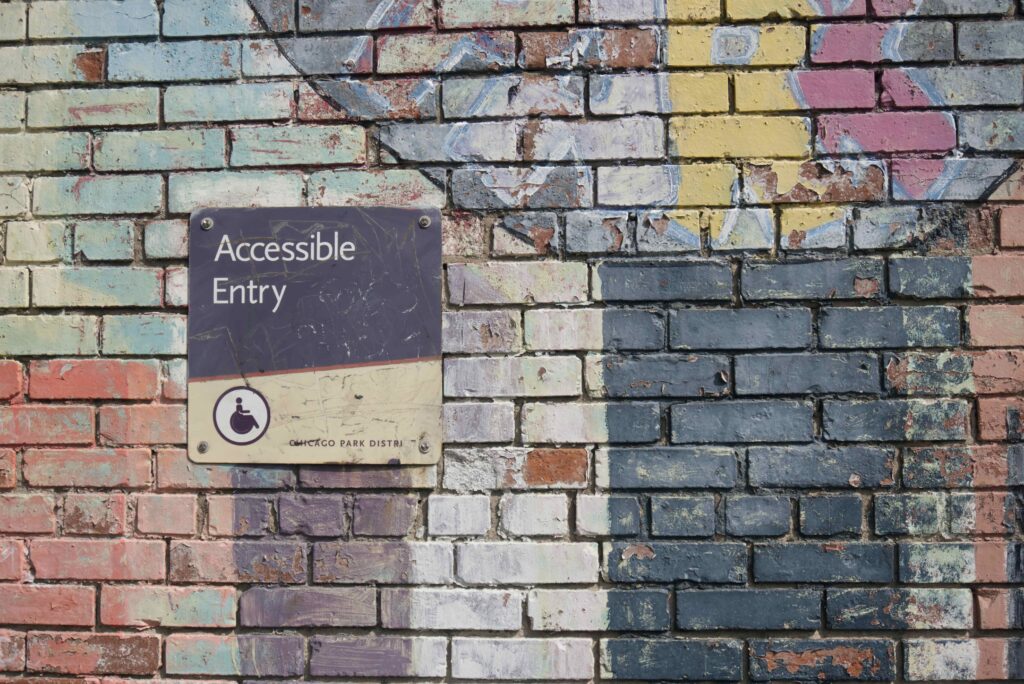
To be fair, for someone unfamiliar with disabilities, many of the accessibility guidelines seem arbitrary and burdensome. Why do doorways need to be 36 inches? What difference does it make if a stall door in the bathroom swings outward rather than inward?
For the uninitiated, these types of specifications can seem nit-picky and ridiculous. They may not realize that when it comes to maneuvering mobility devices through doorways, ADA specifications can be the difference between getting in and getting stuck. The precise building guidelines are based on the specific aspects that will allow the space to be “readily accessible to and usable by individuals with disabilities.”
Yes, some of these specifications may be costly to implement and require the input of experts, but other changes can be accomplished with little or no cost.
Whatever the time and expense, consider this: in Oklahoma, a tornado shelter or secure basement is costly, but a worthwhile investment; in California, meeting and exceeding seismic construction requirements is wise stewardship; building a dike and maintaining it on an historic flood plain is forward thinking. Even if none of these construction components get put to the test or used, the financial outlay to meet these building codes is not wasted.
We consider the potential need for these features to be well worth the cost.
You don’t have to be a statistician to understand that there is a far higher chance any building modifications will be used by a person with a disability than for your church to be hit by a tornado, even in Tornado Alley: The Weather Channel reports that Oklahoma City has an average yearly tornado density of 2.35 tornadoes per 1,000 square miles. The CDC reports that 27% of adults in the United States have some kind of disability; 12.1% of those have a mobility disability. In a neighborhood of 1,000 people, you could expect to find 121 individuals who need assistance or accommodation to travel streetside to sanctuary.
Still, being willing to make accessibility modifications can run into very real challenges related to a building’s historic architecture, limited space, and funds. It can also seem irresponsibly cumbersome. However, it’s important to remember we serve a creative God whose heart inclines toward people who need help.
Executive Pastor Curtis Johnson tells the story of the decision to install automatic doors at the main entrance of the sanctuary as a way of making the church facility more accessible. They had the space to put in these doors, but the price quoted for installation was prohibitive, and Pastor Curtis couldn’t quite see the way to spend the money. A few weeks later, the church was vandalized when a car smashed through the lobby doors and out the other side. The church’s deductible was nearly the same as the cost of installing automatic doors, and Pastor Curtis couldn’t help but laugh that God cleared the way for those doors, but still had him pay for them.
Perhaps God won’t clear out the old so you can bring in the accessible in a dramatic way like he did for Pastor Curtis. Instead, it may be the consistent, sacrificial giving of a church poor in funds but rich in mercy.
When Executive Pastor Beverly Fekula shared the vision of Luke 14 with her church, they knew making their building accessible would take a miracle. They meet in a building more than 180 years old and their operating budget is only big enough to allow their teaching pastor some salary. Yet the entire congregation pledged to making their church accessible, one member committing to give a dollar a week until they met their goal. Perhaps you can imagine the celebration of the entire church when they finally completed their zero-step entry.
Whatever your situation, God will bless your church for every effort to make your facility more welcoming.
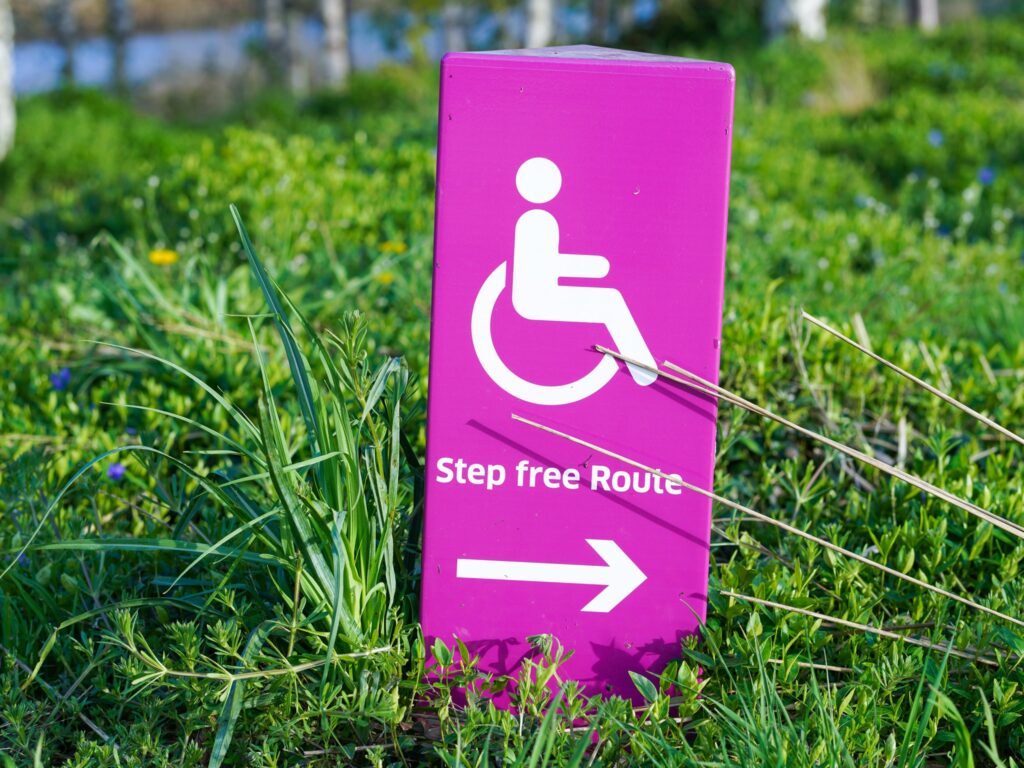
The first recorded instance of a church-related accessibility remodel interrupted Jesus mid-sermon, as dust and debris filtered down around him.
Mark 2 describes the scene: “four men arrived carrying a paralyzed man on a mat. They couldn’t bring him to Jesus because of the crowd, so they dug a hole through the roof above his head. Then they lowered the man on his mat, right down in front of Jesus” (v. 3-4, NLT).
The significant disruption eclipsed the message Jesus had been giving; his original topic never recorded. Instead, Jesus noted the friends’ faith and the man walked out, forgiven of his sins.
An accessible entrance through the roof may not be architecturally advisable, but the four men creatively problem solved to get their friend to the feet of Jesus. How many people living with disabilities today could use a few problem-solving friends to help them meet Jesus? Even if a long-term goal of total accessibility for a church building seems years away, smaller, short-term goals can make a true difference for someone in your community.
In Luke 16, Jesus gave his disciples a clear directive for financial management.
He said, “Use your worldly resources to benefit others and make friends. Then, when your possessions are gone, they will welcome you to an eternal home” (Luke 16:9, NLT).
Any church congregation faces difficult decisions regarding designation of ministry funds. Yet Jesus instructs us to make use of earthly resources to make eternal friends. Working towards accessibility in our churches is a direct application of using temporal goods for eternal purposes—a return on investment unlike anything else.
Written By—Rebecca Olson
Rebecca Olson has served with Joni and Friends in various capacities since 2006. During that time, she has contributed to several books, including The Beyond Suffering Bible, Life in the Balance Study Guide, and Real Families, Real Needs.

Connect with a Ministry Mentor
You can contact a Joni and Friends church training mentor directly at [email protected] or by calling (818) 707-5664. We’d love to walk with you as you seek God’s heart for people with disabilities in your church.

